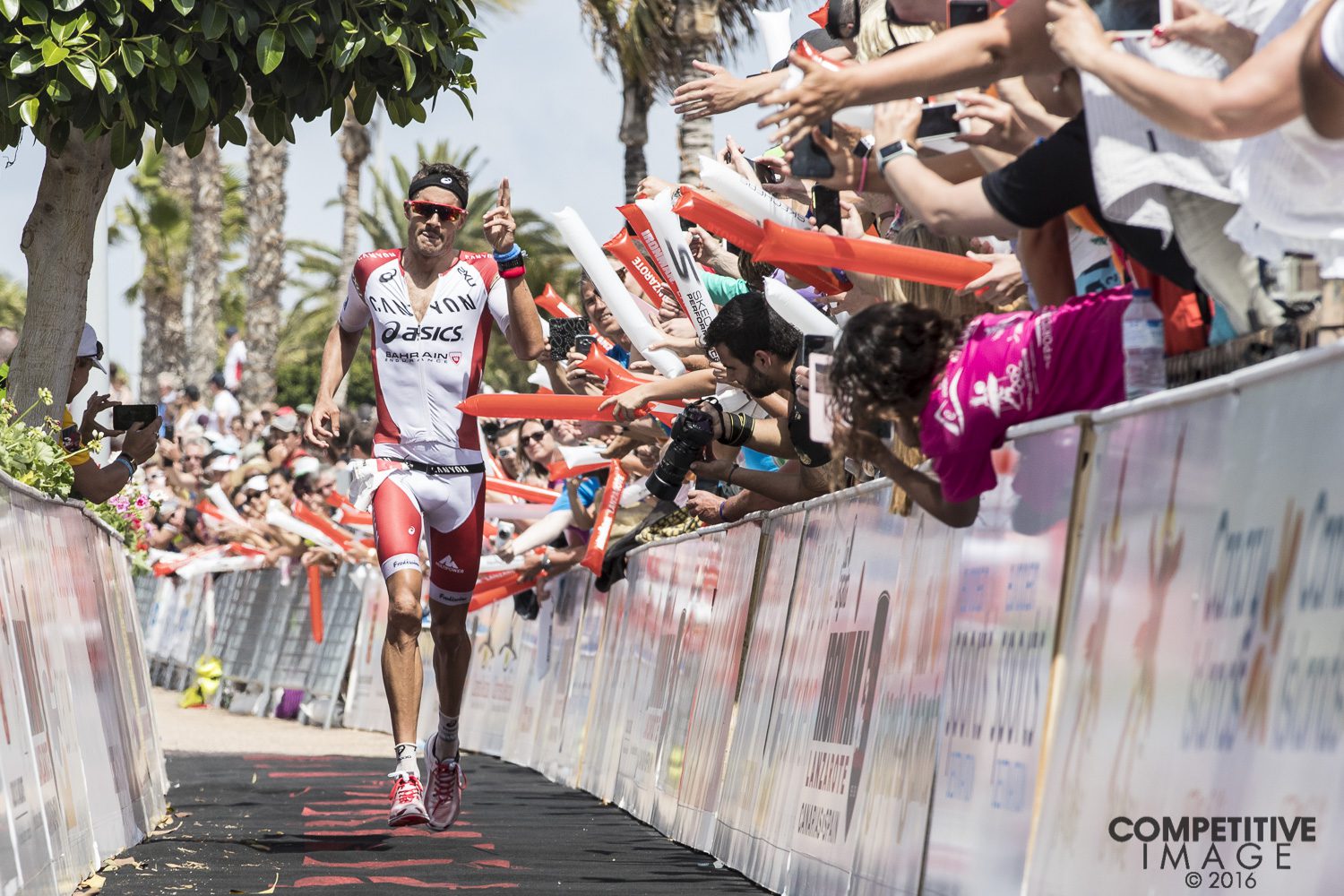Workout: The final Ironman taper run
If you're getting ready for your full distance race, here's how to fit your final tempo run into your training before the big day.

I am dating myself here, but the workout has remained ingrained in my mind for over 25 years. It was the Thursday nine days before the Ironman World Championship in 1989 and I was doing my last tempo run before the big day. The idea was to head out at my goal race pace for 12 miles – a chance for one last look at the first seven or eight miles of the course and to get a feel for what things were going to be like on race day. I was running down Alii Drive in Hawaii shortly after mid-day when I heard the “chink-chink” sound of jewellery coming up behind me. It was Paula Newby-Fraser.
“You OK if I tag along,” I asked her. She was happy to have some company. I upped my pace to stay with her and off we went. Along the way, at different times, we saw many pro athletes out on the same route, apparently doing a similar workout. Since I was only doing my fourth Ironman it was encouraging for me to see that I seemed to be on the right track in terms of my Kona preparation. Since then I’ve made that final tempo run an integral part of the taper or the athletes I’m training for an Ironman, and am happy to report that I’ve had lots of success with it.
Time frame
So what’s the optimal time to do this run? That depends on how quickly you recover from long running efforts. If your background is as a runner and you’re a lighter athlete, you can aim to complete the run about nine or 10 days before your race. The newer you are to the sport, and if you typically need a bit more time to recover from a long running effort, you’ll want to give yourself a bit more time – anywhere from 12 to 14 days before the race.
Distance and Terrain
I’ve typically had athletes do about 12 miles (a bit less than 20 km) for the run. Pick a course that is going to simulate the conditions you’ll face during the marathon in your Ironman race, especially if there are likely to be some decent climbs. Whenever I can I head out with the athlete I’m working with and bring lots of water and whatever drink they’ll be getting on the course. That way I can encourage them to pace appropriately and I make sure they drink at least every 2 km along the way.
For athletes I’m getting ready for the Ironman World Championship, I typically shorten the distance and move the run closer to race day so they do the run on the race course. So, if possible, I ask the athlete to head to Kona about 10 or 11 days before the race so we can get a run of eight to 10 miles done on the Queen K and into the famous energy lab seven or eight days before the race. Those coming from Canada typically find this to be an extremely tough effort, but it offers a great opportunity to gauge just how tough things are likely to be on race day. (And serves as a great reminder about pacing – you really want to have something left as you head into the last half of the run!)
Pacing
Speaking of pacing, if you’re tapering properly and are pretty rested at this point in your training, your goal race pace for a run like this should feel very comfortable. The hardest part of this workout is to stay on pace all the way through. Remember, the idea here is to simulate what you’re going to be doing on race day. You should feel good at the end of the workout – not exhausted.
